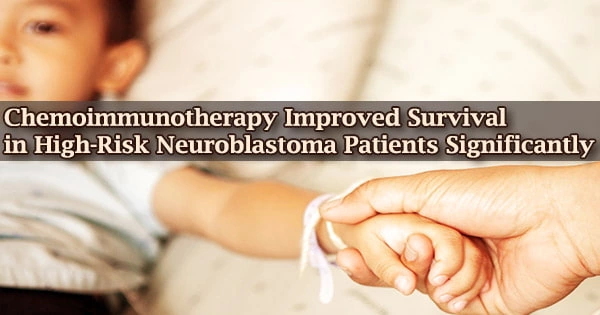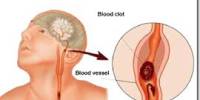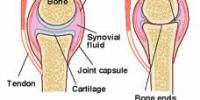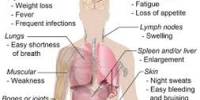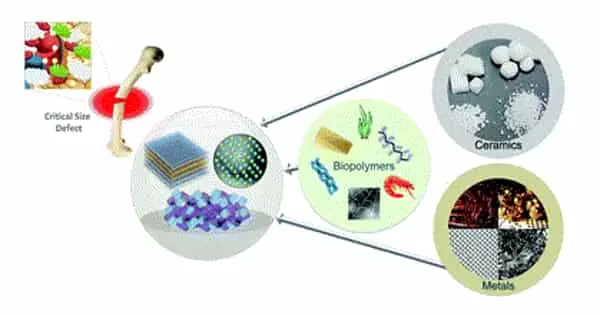Children with high-risk neuroblastoma who participated in a clinical trial at St. Jude Children’s Research Hospital that included a new monoclonal antibody made on site saw a 20 percent boost in survival rates. The results were published in the Journal of Clinical Oncology today.
Neuroblastoma is a malignancy of the sympathetic nervous system’s immature nerve cells. In the United States, roughly 700 people are diagnosed with the tumor each year, the majority of them are youngsters aged 5 and under. Despite rigorous treatment, approximately half of high-risk neuroblastoma patients die from the disease.
The adrenal glands, which have comparable beginnings to nerve cells and reside atop the kidneys, are where neuroblastoma most usually originates. Neuroblastoma can also grow in other parts of the abdomen, such as the chest, neck, and around the spine, where there are clusters of nerve cells.
Neuroblastoma is most frequent in children aged 5 and under, while it can also afflict older children. Some types of neuroblastoma will go away on their own, while others will require numerous treatments.
A St. Jude phase II clinical trial found that newly diagnosed patients who received the humanized monoclonal antibody hu14.18K322A in addition to standard therapy for high-risk illness had considerably greater survival rates. The study’s 64 children had a 73.7 percent disease-free survival rate after three years. The overall survival was 86%.
Since dinutuximab cannot be given at the same dose, one of the unanswered questions is whether the patient results in this study were so good because hu14.18K322A is a better antibody or because patients are receiving a higher dose.
Wayne Furman
“I have treated high-risk neuroblastoma for 30 years, and I have never seen results like this in high-risk patients,” said first and corresponding author Wayne Furman, M.D., of the Department of Oncology. “This is the best result published to date for patients with high-risk neuroblastoma, period.”
The chemoimmunotherapy described in this study could become standard treatment for patients with high-risk illness if the findings are verified in a larger, multi-center clinical trial, according to Furman.
An anti-GD2 monoclonal antibody with a difference
In the lab, Hu14.18322A was created to bind GD2 antibodies on the surface of neuroblastoma tumor cells. Immune cells are mobilized to target and kill tumor cells as a result of the binding.
The monoclonal antibody utilized in this study was created in the Children’s GMP, LLC. laboratory on the St. Jude campus, using a procedure that was developed by the facility’s scientists.
Hu14.18322A isn’t the first monoclonal antibody to be developed for neuroblastoma treatment. Some normal tissue, including cells in the peripheral nervous system, has GD2 antibodies.
Hu14.18322A is designed to decrease dose-limiting discomfort and other therapy adverse effects, unlike existing anti-GD2 monoclonal antibodies.
Hu14.18K322A was included in the phase II study throughout treatment. High-dose chemotherapy, immunotherapy with granulocyte-macrophage colony-stimulating factor and interleukin 2, surgery, autologous blood stem cell transplantation, and radiation were all used in the treatment.
Opioids were also given to the patients to help with pain. Combining hu14.18K322A with other immunotherapies and high-dose chemotherapy, according to this and earlier research, has a synergistic impact.
Is dose the key?
The United States Food and Drug Administration approved dinutuximab, the first anti-GD2 monoclonal antibody, for the treatment of high-risk neuroblastoma.
The doses of hu14.18K322A given to patients in the St. Jude phase II clinical trial were 2.5 times greater than the maximum approved dose of dinutuximab.
“Since dinutuximab cannot be given at the same dose, one of the unanswered questions is whether the patient results in this study were so good because hu14.18K322A is a better antibody or because patients are receiving a higher dose,” Furman said.
Hu14.18K322A is held by EMD Serono, a part of German-based Merck KGaA. St. Jude created the monoclonal antibody for clinical usage. Children’s GMP, LLC, a facility on the St. Jude campus that produces biopharmaceuticals such as monoclonal antibodies under strict federal guidelines, produced the hu14.18K322A used in this trial.
